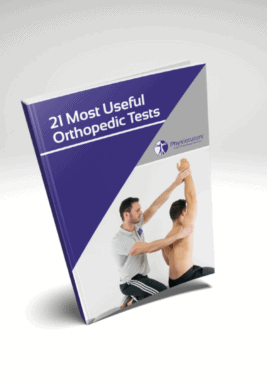Learn
Hypoglossal Nerve | Cranial Nerve XII / CN XII Assessment
The hypoglossal nerve (CN XII) innervates the muscles of the tongue and is responsible for voluntary tongue movements. No diagnostic accuracy studies have investigated these assessments so the clinical value remains unknown.
With the patient’s mouth open, inspect the tongue for atrophy which may become apparent due to wrinkling and loss of bulk at the tip of the tongue and its borders.
Ask the patient to stick out their tongue and check for deviations. In unilateral hypoglossal nerve palsy, the tongue will deviate to the side of the lesion.
Also, test the strength of the tongue by asking the patient to stick the tongue out to the side against the inside of their cheek while you press against it.
21 OF THE MOST USEFUL ORTHOPAEDIC TESTS IN CLINICAL PRACTICE

Learn more about the assessment of all cranial nerves below:
- Cranial Nerve I: Olfactory Nerve
- Cranial Nerve II: Optic Nerve
- Cranial Nerve III: Oculomotor Nerve
- Cranial Nerve IV: Trochlear Nerve
- Cranial Nerve V: Trigeminal Nerve
- Cranial Nerve VI: Abducens Nerve
- Cranial Nerve VII: Facial Nerve
- Cranial Nerve VIII: Vestibulocochlear Nerve
- Cranial Nerve IX: Glossopharyngeal Nerve
- Cranial Nerve X: Vagus Nerve
- Cranial Nerve XI: Accessory Nerve
Like what you’re learning?
BUY THE FULL PHYSIOTUTORS ASSESSMENT BOOK
- 600+ Pages e-Book
- Interactive Content (Direct Video Demonstration, PubMed articles)
- Statistical Values for all Special Tests from the latest research
- Available in 🇬🇧 🇩🇪 🇫🇷 🇪🇸 🇮🇹 🇵🇹 🇹🇷
- And much more!








